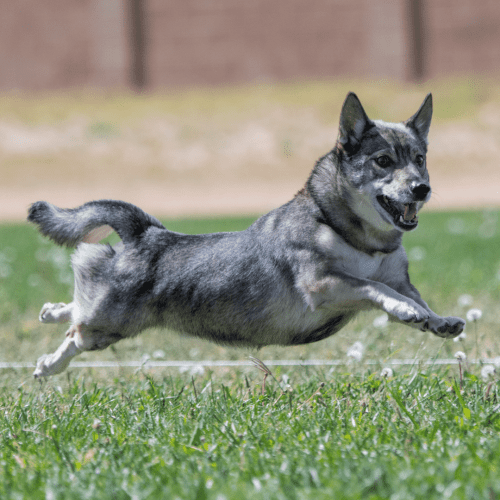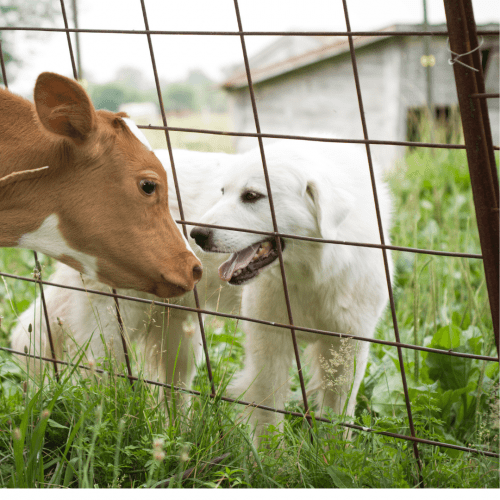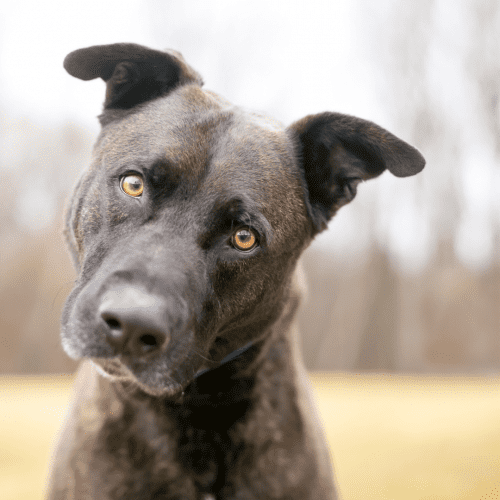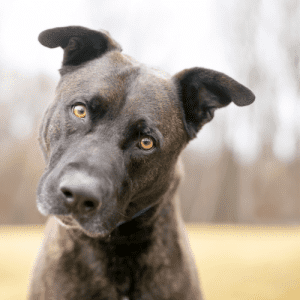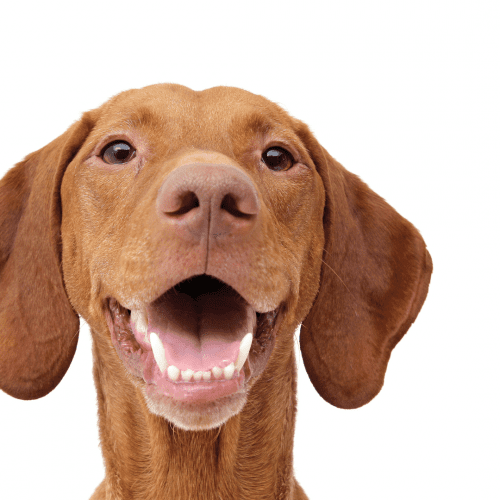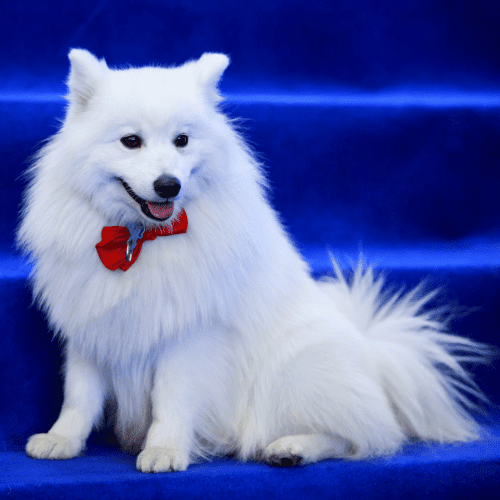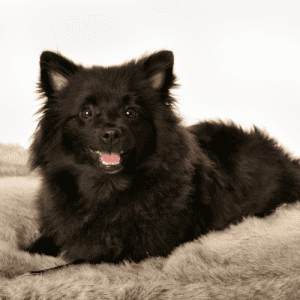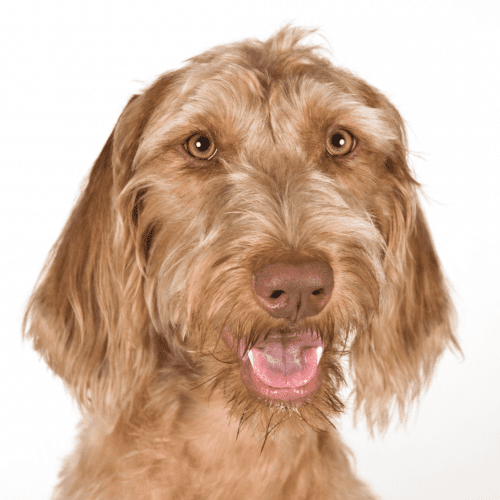Dog breeds starting with the letter “V”.
The Hungarian Vizsla Dog Breed

What Is The History Of The Hungarian Vizsla Breed?
The Hungarian Vizsla is a hunting breed that originated in Hungary. The breed is known for its loyalty, intelligence, and trainability. Vizslas have been used as hunting dogs for centuries and are still popular among hunters today. The Vizsla is also a popular companion dog, and many Vizslas live happily in homes with families. Vizslas are versatile dogs that can excel in many activities, including obedience, agility, tracking, and flyball.
The Hungarian Vizsla is a relatively new breed developed in the early 1900s. The breed was created by crossing the pointer with the red-coated Vizsla. The resulting dogs were strong, athletic, and had an excellent sense of smell. Vizslas were used extensively in Hungary for hunting game birds such as pheasant and quail. The breed quickly became popular among Hungarian hunters, and the Vizsla soon became known as the “Hungarian Pointer.”
In recent years, the Hungarian Vizsla has become a popular companion dog in the United States. Vizslas are loving, loyal, and affectionate dogs that make great family pets. They are also highly intelligent and easily trained. Vizslas are active dogs that need plenty of exercise and excel in many different activities.
What Does A Hungarian Vizsla Look Like?
The Hungarian Vizsla is a beautiful dog breed most commonly known for its golden brown fur. The length of the Vizsla’s fur can vary, but it is typically on the shorter side. This breed’s fur is also relatively thick, which helps to protect them from the elements. While the Vizsla’s fur color is typically a golden brown, it can also range from a light cream to a dark chocolate brown. The Vizsla’s fur is always beautiful and eye-catching, regardless of the shade.
How Big Is An Adult Hungarian Vizsla?
The average size of a Hungarian Vizsla is between 24 and 26 inches at the shoulder, with females typically being on the smaller end of the spectrum. Males can weigh anywhere from 40 to 60 pounds, while females usually fall in the 35 to 55-pound range. So, while they are not huge dogs, they are certainly not small. They are medium-sized dogs that are well-proportioned and athletic in build.
Are There Other Dog Breeds Related To The Hungarian Vizsla?
There are several breeds of dogs that are related to the Hungarian Vizsla. These include the Weimaraner, German Shorthaired Pointer, and Wirehaired Pointing Griffon. Vizslas are also closely related to other Hungarian breeds, such as the Kuvasz and Komondor. Several non-pointing breeds are related to the Vizsla, such as the Pumi and Puli.
What Is The Life Expectancy Of A Hungarian Vizsla?
A Hungarian Vizsla typically has a lifespan of between 12 and 15 years. However, some individual Hungarian Vizslas have been known to live up to 15 years or more. Factors that can influence a Hungarian Vizsla’s lifespan include diet, exercise, health conditions, and genetic factors.
Can A Hungarian Vizsla Be Trained?
A Hungarian Vizsla can be trained to do various things, including obedience, agility, tracking, and even flyball. With proper training, these dogs can excel in any activity they are involved in. They are intelligent and eager to please their owners, making them quick learners. A Hungarian Vizsla can accomplish almost anything with patience and consistency.
What Are Some Interesting Facts About A Hungarian Vizsla?
- Hungarian Vizslas are one of the oldest breeds of dogs, dating back to the 10th century.
- They were originally bred as hunting dogs and were used by the nobility to hunt game such as deer, foxes, and hares.
- Vizslas are known for their loyalty, affection, and trainability, making them excellent family pets.
- They are also known for their high energy levels and need plenty of exercise to stay happy and healthy.
- Vizslas are medium-sized dogs weighing between 30 and 60 pounds and standing 20 to 24 inches tall at the shoulder.
- The breed has a short, dense coat that is usually red or golden in color.
- Vizslas are relatively rare dogs, and there are estimated to be only about 10,000 of them in the United States.
- Because of their rarity and popularity, Hungarian Vizslas can be quite expensive, with puppies costing anywhere from $1,000 to $2,000.
- Vizslas are not recommended for first-time dog owners due to their high energy levels and need for exercise.
- Hungarian Vizslas have been featured in many movies and TV shows, including “Turner & Hooch”, “The Mask”, and “That ’70s Show”.
How Does A Hungarian Vizsla Interact With People?
A Hungarian Vizsla is a loyal and affectionate dog that loves spending time with its family. It is an active breed that requires plenty of exercise but is also content to lounge around the house and cuddle with its people. Vizslas are very intelligent and trainable, but they can also be stubborn and sometimes independent. With patience and consistency, they can make great family pets. Vizslas typically get along well with other dogs and children, but they may be too energetic for very young kids. Supervision is recommended when this breed is around small children. Older kids who are gentle and respectful will have no problem making friends with a Vizsla.


